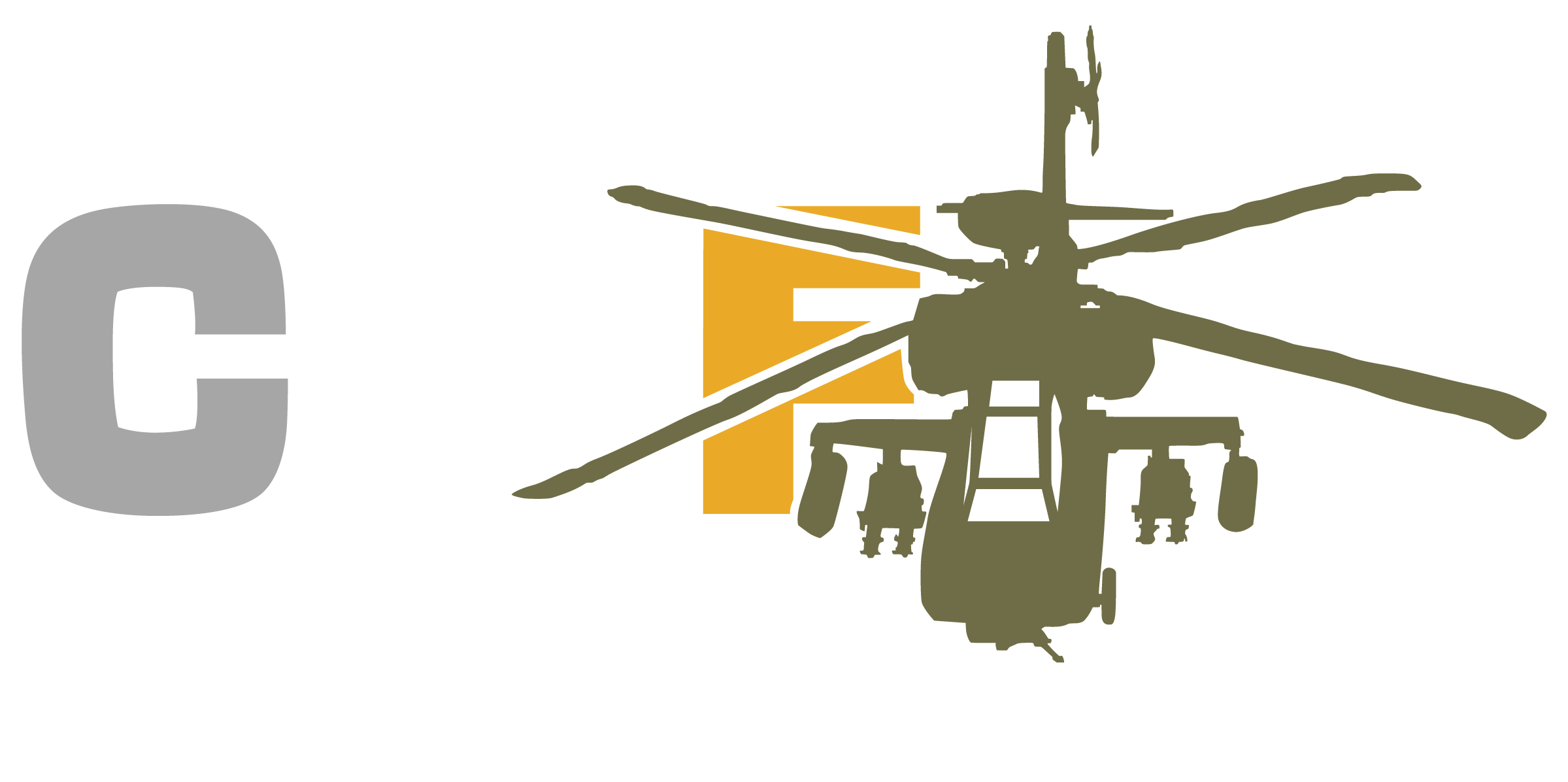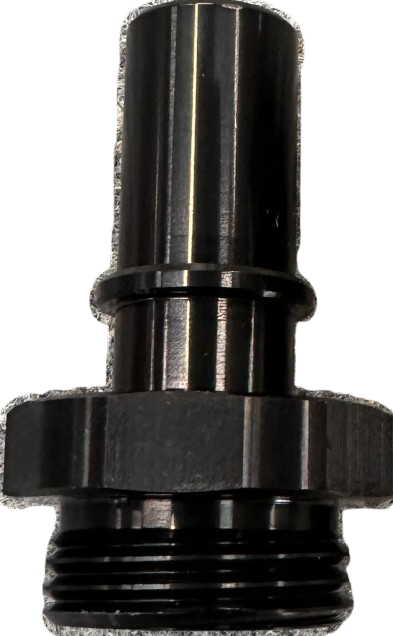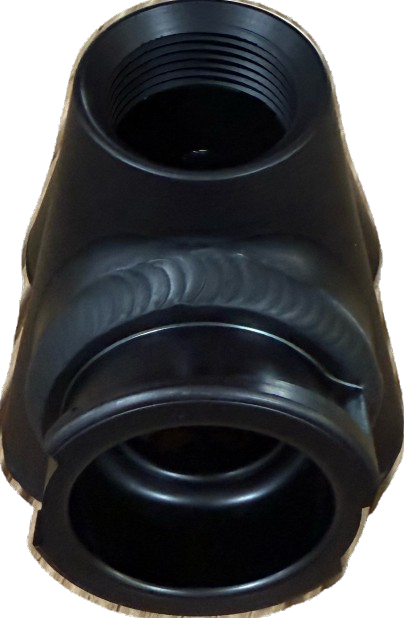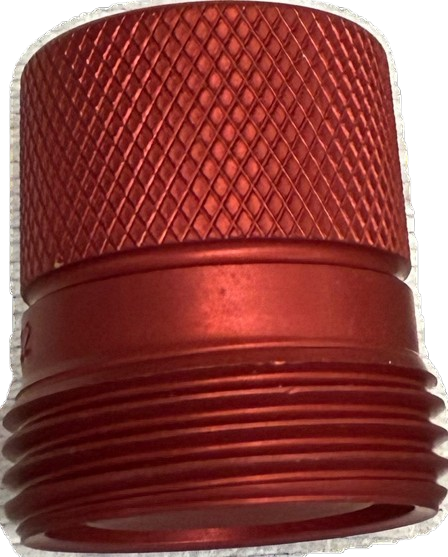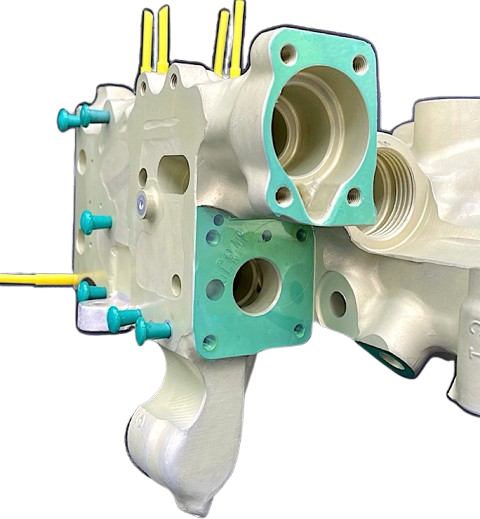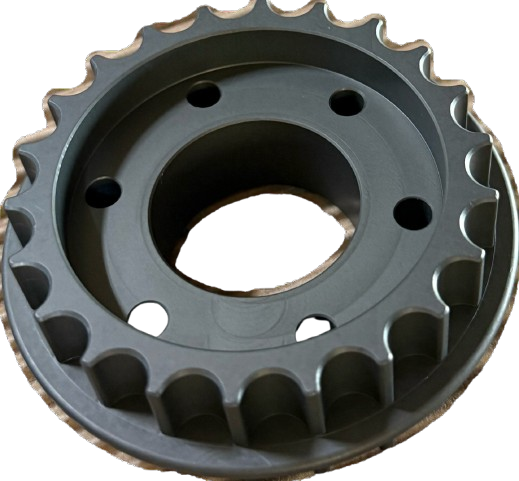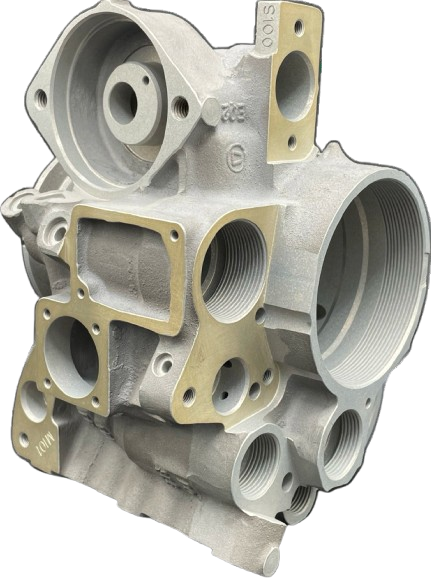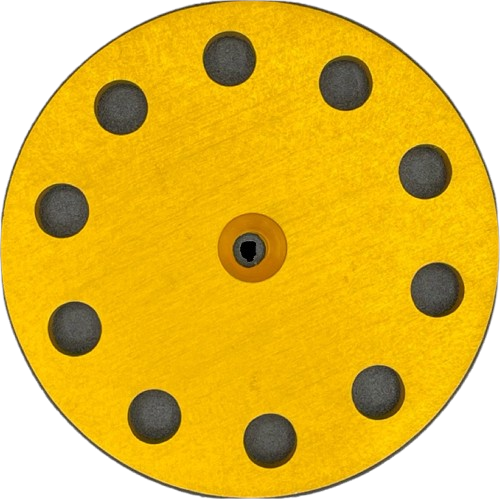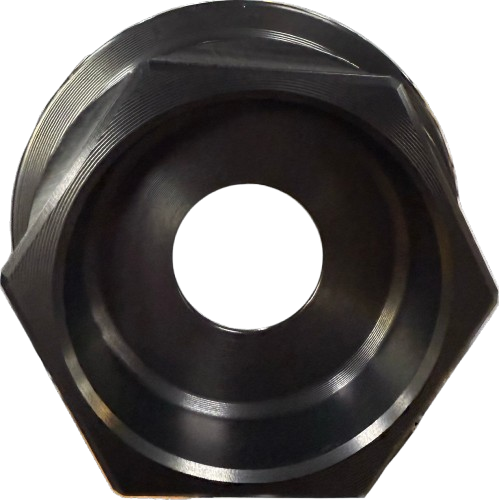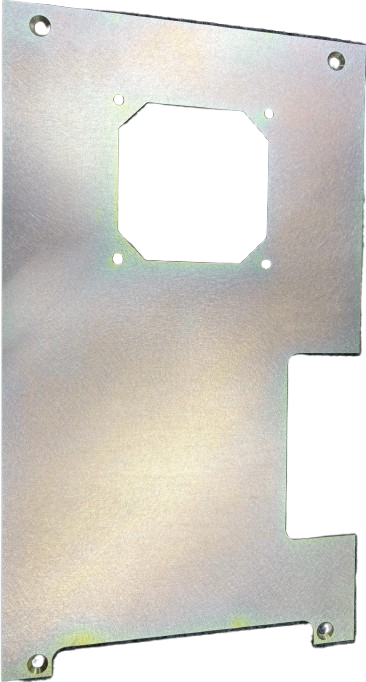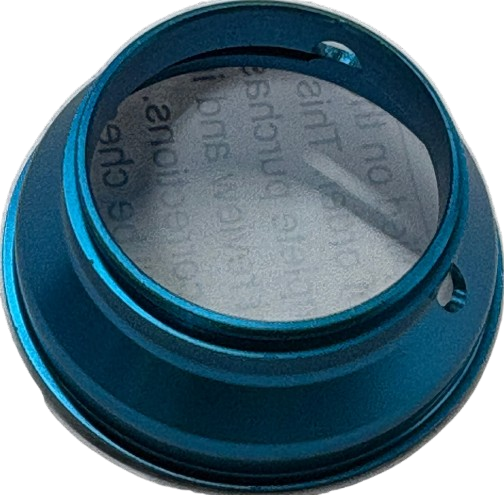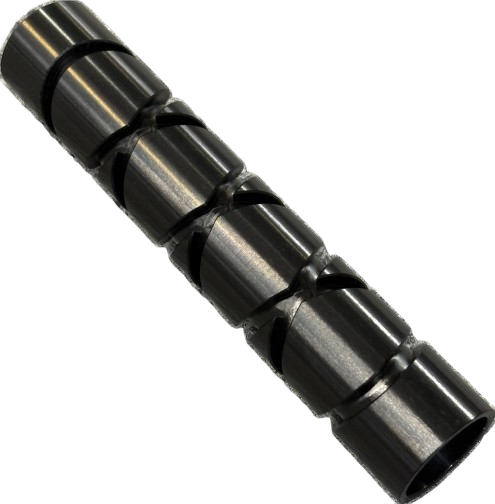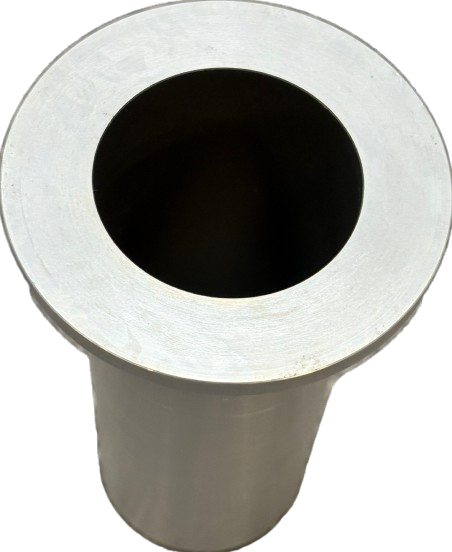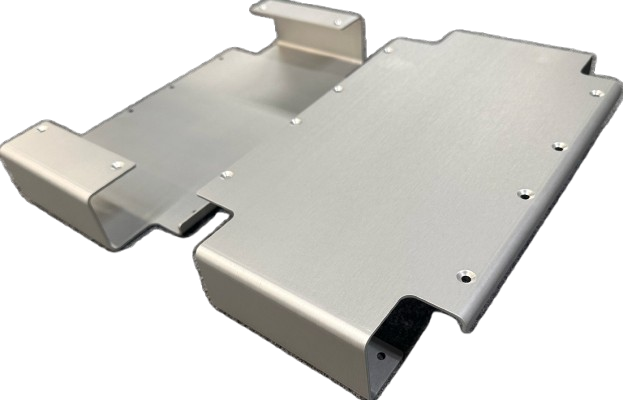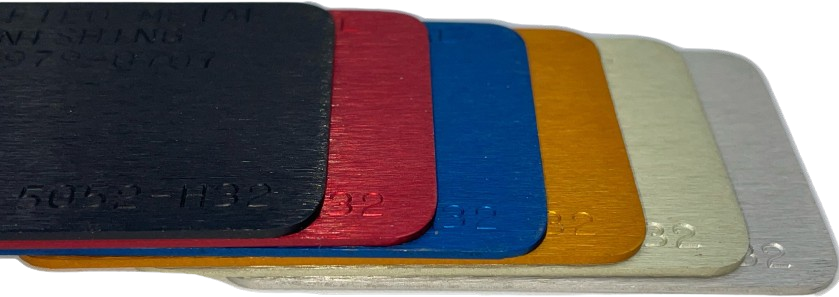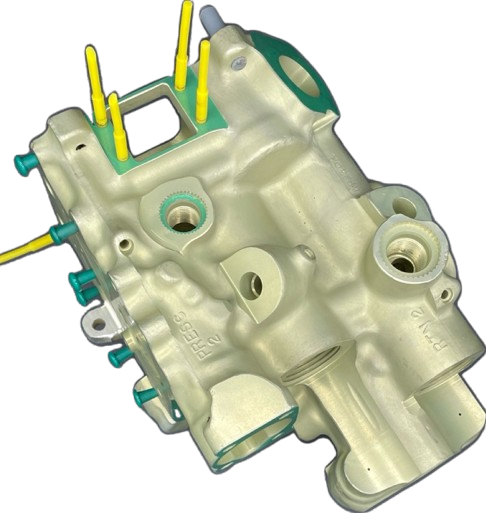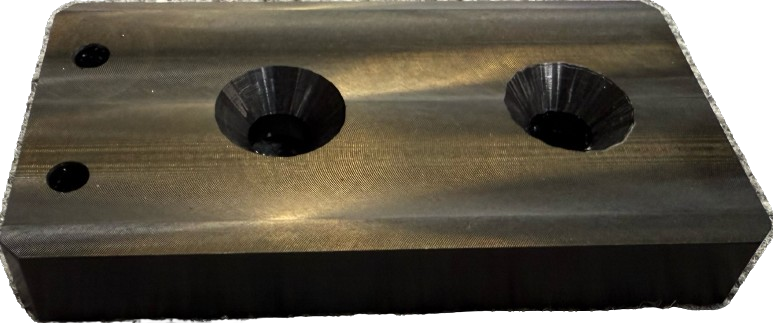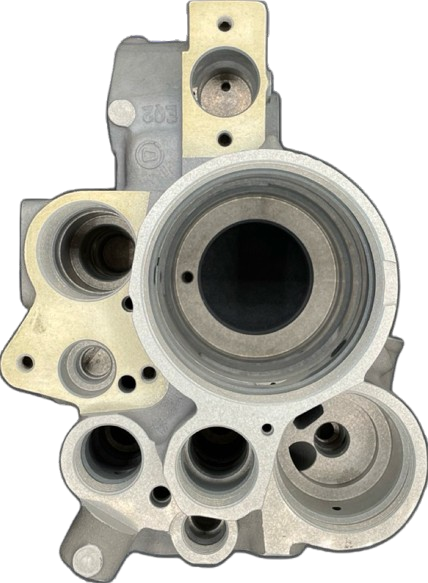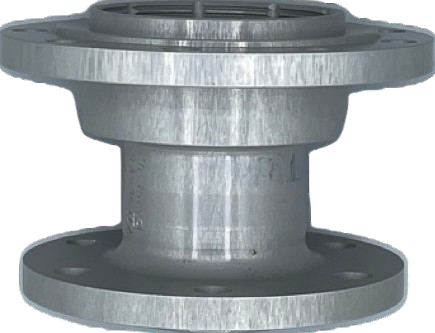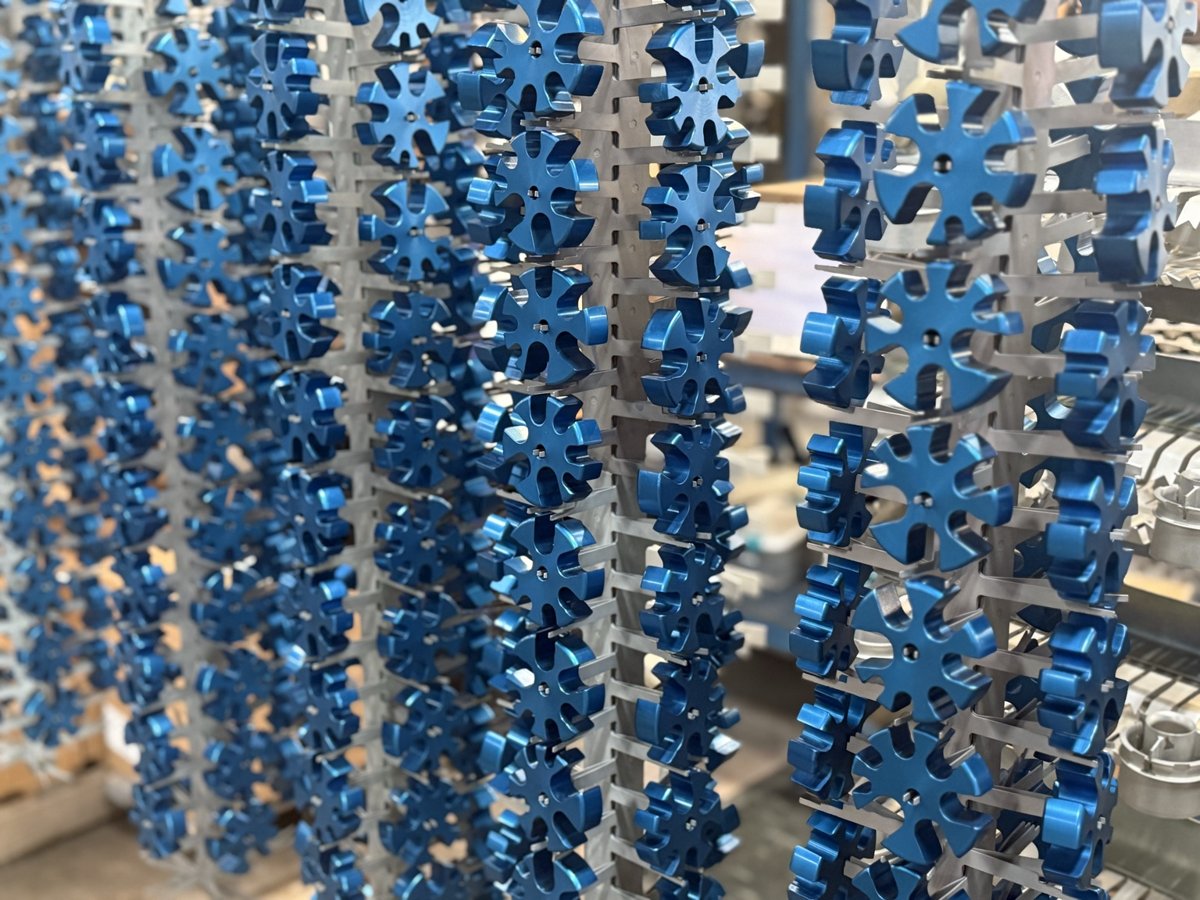
Established in 1982, Certified Metal Finishing (CMF) has earned its reputation as a leading provider of aluminum anodizing and metal finishing services. Our team is known for delivering high-quality, and on-time service for mission-critical industries–including MRO, defense, aerospace, marine, medical, automotive, and electronics. With a range of in-house processes and deep expertise in complex specifications, we prioritize precision, quality, and customer satisfaction–because you and your industry demand nothing less.
Strategically located between West Palm Beach and Miami, FL, USA
Serviced to the Highest Standard
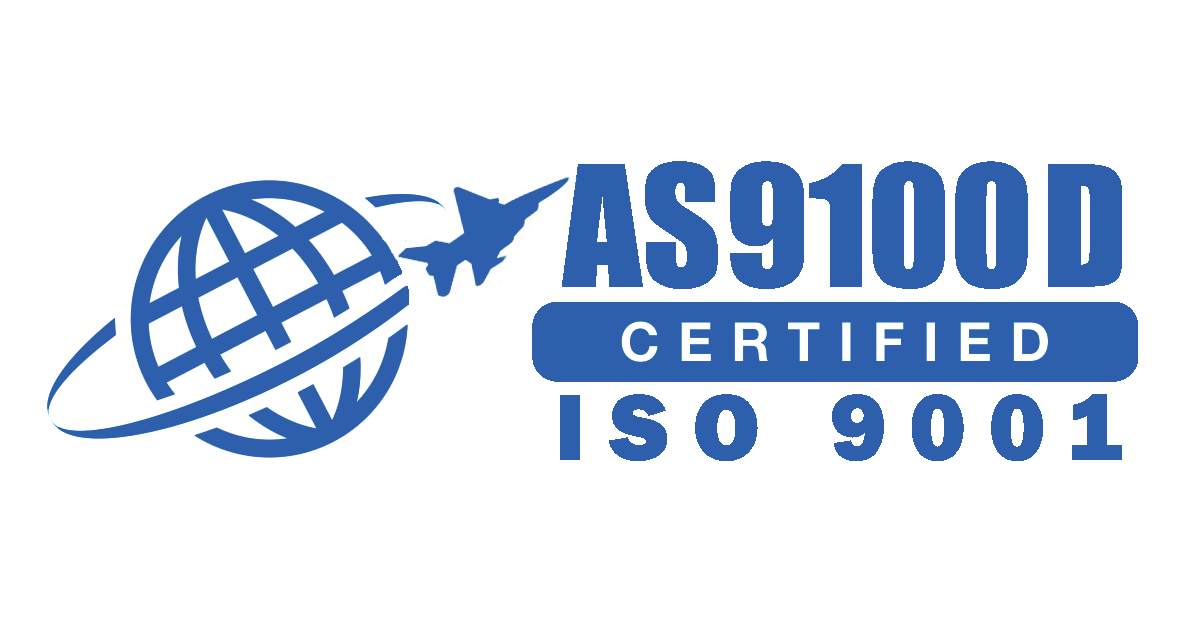
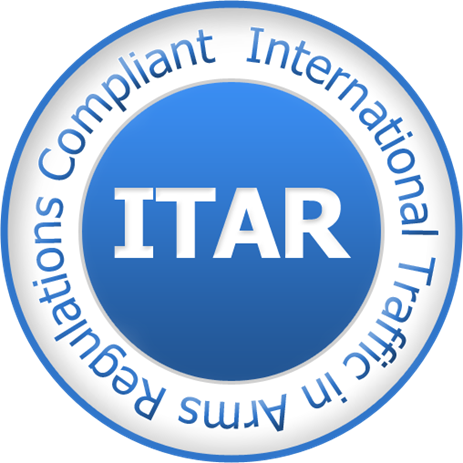
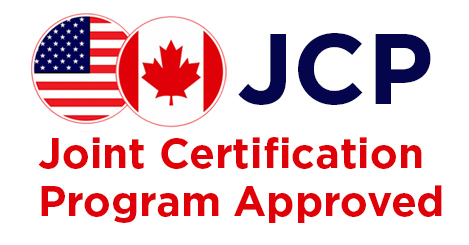
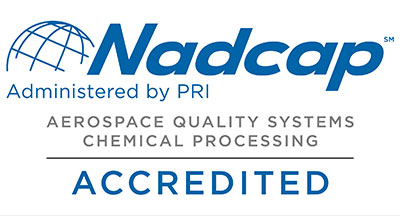
Services & Specs
Chromic Anodize creates a thin, corrosion-resistant oxide layer on aluminum, ideal for parts requiring flexibility and corrosion resistance. In commercial applications, it’s used for architectural components; in marine, for boat fittings; in medical, for non-critical equipment parts; in electronics, for enclosures; and in automotive, for trim pieces. CMF offers multiple seals (Hot Water, Nickel Acetate, Dichromate, PTFE).
Specifications
- MIL-PRF-8625 Type I & IB Cl 1 & 2
- AMS 2470
- MIL-STD-171
Sulfuric Anodize forms a thicker oxide layer on aluminum, enhancing corrosion resistance and paint adhesion, commonly used for durable components. In commercial settings, it’s applied to consumer goods; in marine, to hull fittings; in medical, to equipment housings; in electronics, to chassis; and in automotive, to exterior parts. CMF offers colors (black, blue, red, gold, gray) and multiple seals (Hot Water, Nickel Acetate, Dichromate, PTFE).
Specifications
- MIL-PRF-8625 Type II Cl 1 & 2
- AMS 2471
- AMS 2472
- MIL-STD-171
Hardcoat Anodize produces a thick, hard oxide layer on aluminum, improving wear resistance that is essential for high-abrasion areas. In commercial applications, it’s used for heavy-duty tools; in marine, for propeller shafts; in medical, for surgical trays; in electronics, for heat sinks; and in automotive, for engine components. CMF offers colors and multiple seals (Hot Water, Nickel Acetate, Dichromate, PTFE).
Specifications
- MIL-PRF-8625 TYP III Cl 1 & 2
- MIL-A-8625 TYP III Cl 1 & 2
- AMS 2469
- AMS 2482
- MIL-STD-171
These coatings protect metals like aluminum with a thin, non-buildup layer, using trivalent or hexavalent chromium, meeting corrosion standards while adhering to sustainability requirements. In commercial applications, it’s used for hardware; in marine, for deck fittings; in medical, for non-implantable devices; in electronics, for connectors; and in automotive, for under-hood parts.
Specifications
- MIL-DTL-5541 TYPE I&II (All Classes)
- MIL-C-5541
- AMS 2473
- MIL-STD-171
This process applies a protective layer to magnesium, improving corrosion resistance for lightweight components. In commercial applications, it’s used for consumer electronics; in marine, for lightweight boat components; in medical, for portable device casings; in electronics, for magnesium housings; and in automotive, for lightweight brackets.
Specifications
- AMS-M-3171 TYPE I
Passivation removes free iron from stainless steel, forming a protective oxide layer to prevent rust, vital for component longevity. In commercial applications, it’s used for kitchen equipment; in marine, for railings; in medical, for surgical instruments; in electronics, for connectors; and in automotive, for exhaust systems.
Specifications
- QQ-P-35
- AMS-QQ-P-35
- FED-QQ-P-35
- AMS 2700 TY II, VI & VIII
- ASTM 967 NITRIC 1 & 2
- ASTM A380
Humidity Testing assesses how materials perform under high moisture, ensuring components can withstand humid environments without degradation.
Specifications
- ASTM D 2247
- ASTM 967 Practice B
Salt Fog Testing exposes materials to salty conditions, evaluating corrosion resistance, essential for parts in harsh environments.
Specifications
- ASTM B 117
- ASTM 967 Practice C
The Copper Sulfate Test checks for free iron on stainless steel, verifying passivation effectiveness, a key quality control measure for safety.
Specifications
- AMS 2700
- MIL-STD-753 Method 102
- ASTM 967 Practice D
Vacuum Impregnation seals porosity in castings, preventing fluid leaks, ensuring the integrity of critical components.
Specifications
- MIL-STD-276 (Less pressure test)
This process includes the chemical removal of previous coatings in addition to mechanical cleaning of the product in accordance with CMMs or SPMs.
Not Finding What You’re Looking For?
Our team is here to guide you with unmatched technical support
Call Us NowApply Now Form
×"*" indicates required fields
